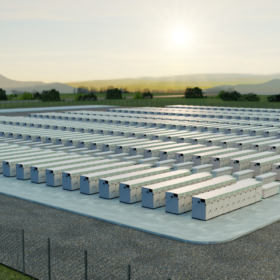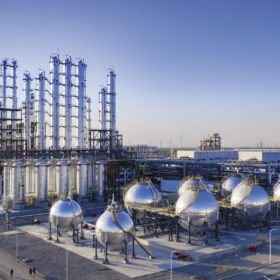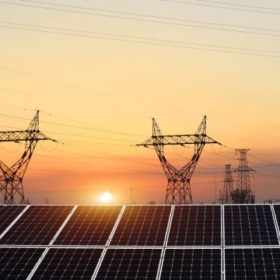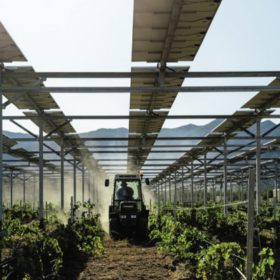Victorian university opens ‘advanced’ battery hub for testing and manufacture
Victoria’s Deakin University today launched its $10.3 million (USD 6.5 million) “world-class” facility for advanced battery design, fabrication and testing, in Burwood, a suburb in Melbourne’s east.
Australian EV market share grows 65% in 2022
The demand for electric vehicles in Australia increased by 65% in 2022, reaching 3.39% market share of total new car sales, according to the Electric Vehicle Council’s latest report. Tesla continues to be the dominant brand, with New South Wales and Australia Capital Territory governments topping the charts on policy leadership.
Australian manufacturer achieves 32% efficiency for inorganic perovskite solar cell
Australian manufacturer GreatCell has built a cell with roll-to-roll coating technology. It designed it without a hole transport layer (HTL) and used carbon composite back contacts, which offer excellent electrical conductivity.
BlackRock’s Akaysha wins contract for southern hemisphere’s biggest battery
After acquiring Victorian developer Akaysha Energy in August, the world’s largest asset manager, US company BlackRock, has won the contract to deliver what will apparently be one of the world’s most powerful batteries – the New South Wales Waratah Super Battery. The battery is now expected to have a total capacity of 850 MW / 1,680 MWh.
PV production equipment sales soaring in Europe
According to VDMA, a German engineering association, there are now more orders coming in for German production equipment from Europe than from China. Nevertheless, shipments to Asia remain dominant.
Global polysilicon capacity could hit 536 GW by end of 2023
Clean Energy Associates said in a new report that it expects polysilicon production capacity to exceed PV installations next year.
AEMO on track with ‘world-first’ grid connections simulator
The Australian Energy Market Operator plans to launch a world-first ‘connections simulator’ this year after completing pilot testing of the online tool that is designed to help fast-track the evaluation and approval process for new clean energy grid connections.
ClearVue moves into residential market with solar glass tech
West Australian smart solar glass developer ClearVue has made the move into the residential housing market, securing its first order to supply its power-generating solar PV windows for a luxury residence being constructed in the Australian Capital Territory.
Semi-transparent agrivoltaic module being developed by UNSW, Tindo
University of New South Wales researchers have teamed up with Tindo Solar to develop a line of semi-transparent modules, specialised for agrivoltaic cropping, which will use nanoparticles tuned to capture different parts of the light spectrum. “There is evidence you don’t need the full spectrum and some plants will work even better if you provide them with only part of the spectrum,” project lead and UNSW Associate Professor Ziv Hameiri tells pv magazine Australia. Crucially, he says, the project will also open a line between farmers, solar researchers and industry, creating the potential for mutual benefits.
Uber announces plan to accelerate rollout of EVs on Australian roads
Rideshare giant Uber plans to accelerate the roll out of electric vehicles in Australia, teaming with Sydney finance company Splend to put 500 more electric cars on Australian roads.















